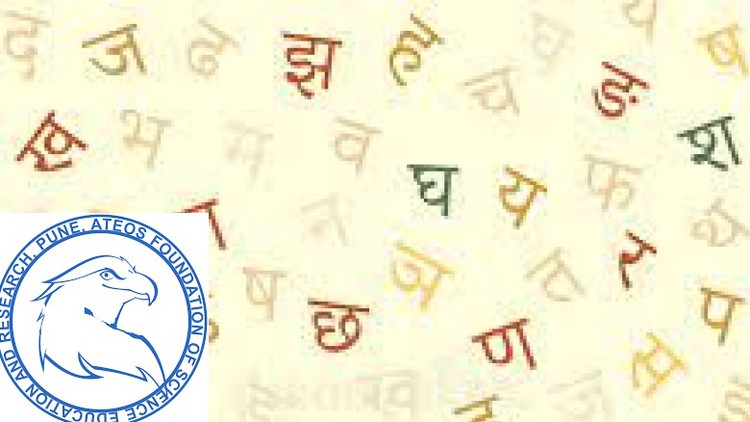
English Speaking Crash Course
What you will learn
To make aware the learner the basic concepts in Marathi to English Vocabulary
To make aware the learner the basic concepts in English Vocabulary
To facilitate the learners of marathi natives to speak english in 7 days
Its a crash course for those wishing to have marathi and english language bilingual proficiency
Description
Marathi (English: /məˈrɑːti/;[3], Marāṭhī, Marathi: [məˈɾaːʈʰiː] (listen)) is an Indo-Aryan language predominantly spoken by Marathi people in the Indian state of Maharashtra. It is the official language of Maharashtra, and a co-official language in Goa state and the territory of Damaon, Diu & Silvassa. It is one of the 22 scheduled languages of India, with 83 million speakers as of 2011. Marathi ranks 10th in the list of languages with most native speakers in the world. Marathi has the third largest number of native speakers in India, after Hindi and Bengali. The language has some of the oldest literature of all modern Indian languages. The major dialects of Marathi are Standard Marathi and the Varhadi dialect.
Marathi distinguishes inclusive and exclusive forms of ‘we’ and possesses a three-way gender system, that features the neuter in addition to the masculine and the feminine. In its phonology, it contrasts apico-alveolar with alveopalatal affricates and alveolar with retroflex laterals ([l] and [ɭ] (Marathi letters ल and ळ respectively).
Modern English has spread around the world since the 17th century as a consequence of the worldwide influence of the British Empire and the United States of America. Through all types of printed and electronic media of these countries, English has become the leading language of international discourse and the lingua franca in many regions and professional contexts such as science, navigation and law. Modern English grammar is the result of a gradual change from a typical Indo-European dependent-marking pattern, with a rich inflectional morphology and relatively free word order, to a mostly analytic pattern with little inflection, and a fairly fixed subject–verb–object word order. Modern English relies more on auxiliary verbs and word order for the expression of complex tenses, aspect and mood, as well as passive constructions, interrogatives and some negation.
English is the most spoken language in the world (if Chinese is divided into variants) and the third-most spoken native language in the world, after Standard Chinese and Spanish. It is the most widely learned second language and is either the official language or one of the official languages in 59 sovereign states. There are more people who have learned English as a second language than there are native speakers. As of 2005, it was estimated that there were over 2 billion speakers of English. English is the majority native language in the United Kingdom, the United States, Canada, Australia, New Zealand (see Anglosphere) and the Republic of Ireland, and is widely spoken in some areas of the Caribbean, Africa, South Asia, Southeast Asia and Oceania. It is a co-official language of the United Nations, the European Union and many other world and regional international organizations. It is the most widely spoken Germanic language, accounting for at least 70% of speakers of this Indo-European branch. There is much variability among the many accents and dialects of English used in different countries and regions in terms of phonetics and phonology, and sometimes also vocabulary, idioms, grammar, and spelling, but it does not typically prevent understanding by speakers of other dialects and accents, although mutual unintelligibility can occur at extreme ends of the dialect continuum.
The course teaches the basic vocabulary of the English for the Marathi natives as a crash course.
Content
